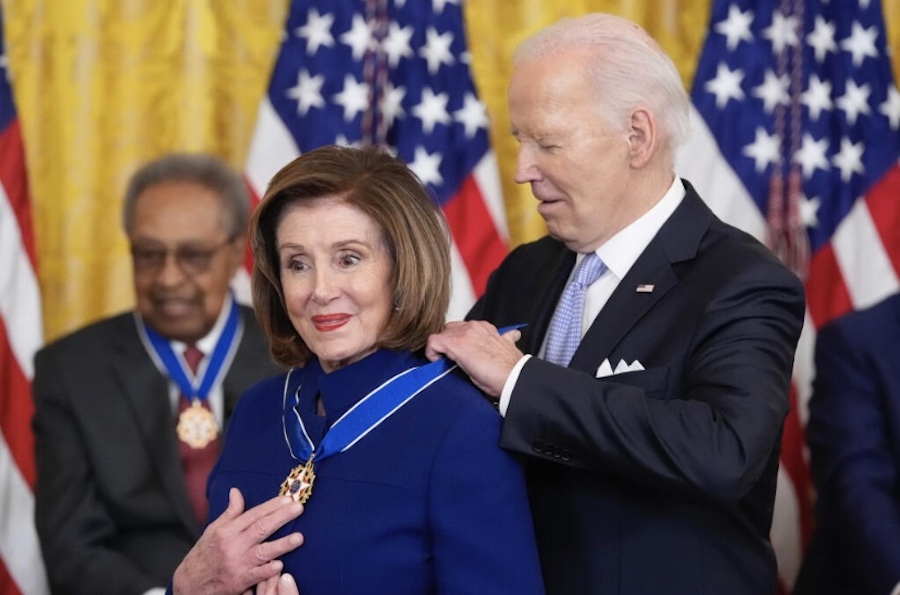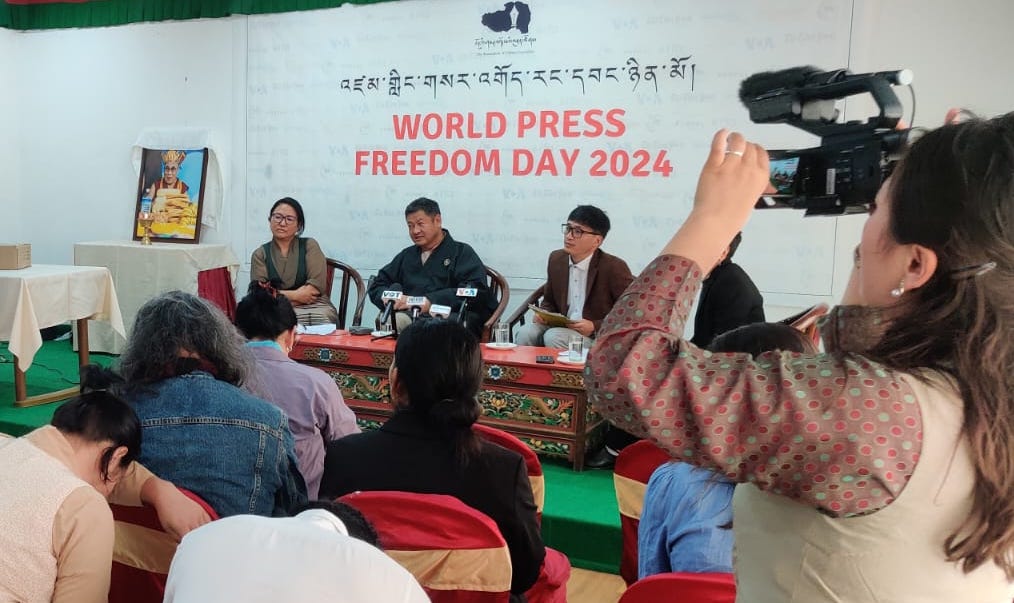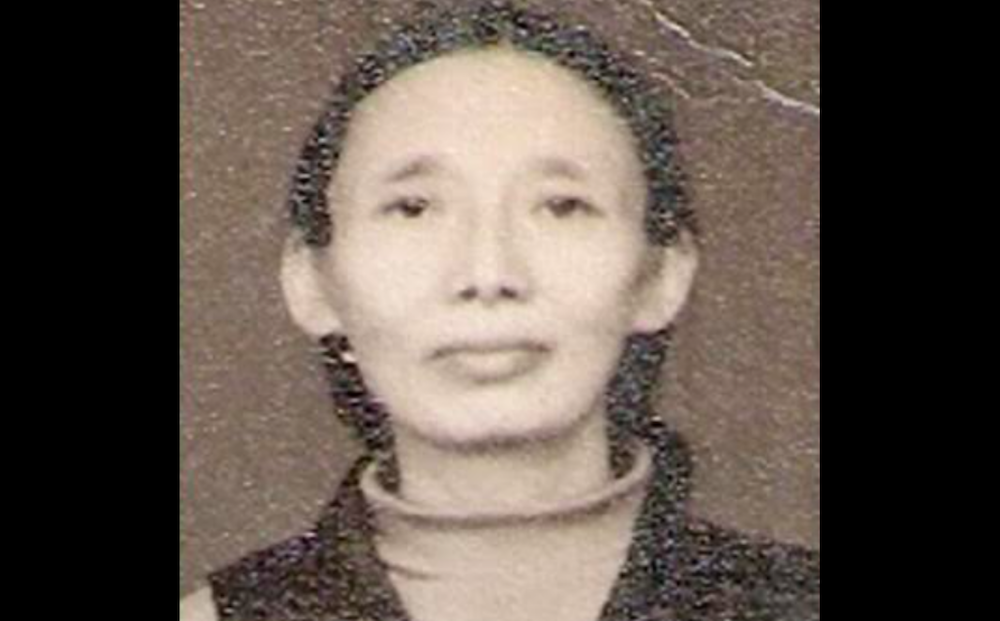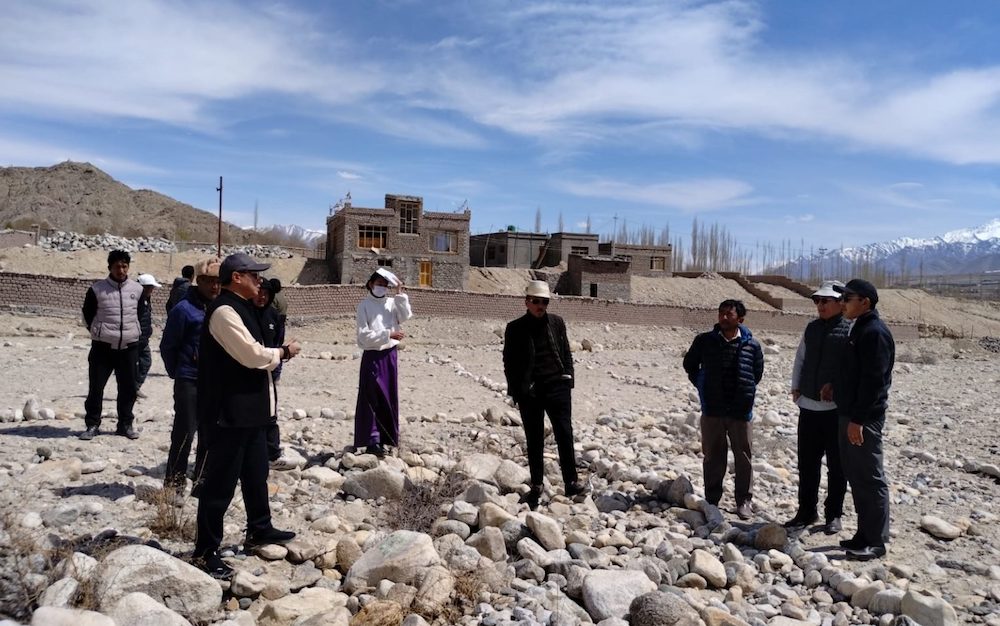BEIJING, June 24. — Maintaining that it had made no concessions, India today said its recognition of the Tibet Autonomous Region (TAR) as part of the territory of the People’s Republic of China (PRC) was consistent with its stand since 1954. The two countries also announced the appointment of two special representatives to expedite settlement of the border issue.
The appointment of Mr Brajesh Mishra, National Security Adviser and Principal Secretary to the Prime Minister, and Mr Dai Bingguo, seniormost Vice-Minister in the Chinese foreign ministry, as the two special representatives was announced by external affairs minister Mr Yashwant Sinha later.
Two key documents signed yesterday after Prime Minister Mr Atal Behari Vajpayee’s talks with his Chinese counterpart Mr Wen Jiabao were made public here this evening. Mr Vajpayee today wound up his discussions with the Chinese leadership, including Central Military Commission chairman Mr Jiang Zemin and President Mr Hu Jintao.
The two documents released today were a joint declaration on principles that will guide Sino-Indian ties and a memorandum on expanding border trade. Prior to their release, the Chinese foreign ministry claimed India had admitted that the TAR was an “inalienable” part of China, a claim disproved by the Joint Declaration’s text which does not contain the word “inalienable”.
Covering the major elements in Sino-Indian ties, the six-page first ever Joint Declaration on “principles for relations and comprehensive cooperation” says both countries will appoint a special representative each to “explore from the political perspective of the overall bilateral relationship the framework of a boundary settlement.”
Indian officials rejected suggestions that concessions were made on the Tibetan question, maintaining that the formulation was merely a “reflection of the contemporary ground reality”. The thrust was on taking the bilateral relationship forward and there was great success in that direction, they said. Officials explained that since 1954 the expressions used in documents on Tibet included terms such as “Tibet region of China” (1954), “Tibetan region … part of the PRC” (1958) and “Tibet is an autonomous region of China” (1988 and 1991). The declaration says India recognised the TAR as part of China and reiterates it will not allow Tibetans to engage in anti-China activity in India.
In the memorandum on border trade, the two countries resolved to set up an additional point on each side besides the existing ones in Himachal and Uttaranchal.
What is significant from India’s point of view is that the memorandum refers to opening another pass on the “India-China border”, and that on the Indian side Changgu in “Sikkim state” has been designated for this purpose. Renqinggang in Tibet has been identified as the corresponding venue on the Chinese side. India sees this as a significant step towards the ultimate recognition by China of Sikkim’s merger with the Indian Union, something Beijing has refused to acknowledge so far.
While some Indian observers saw this as an implicit acknowledgement of Sikkim being Indian territory, the Chinese foreign ministry differed with such speculation, saying the “Sikkim issue” could not be resolved “overnight” as it was “left over from history”.
On the border issue, the declaration affirms a readiness on both sides “to seek a fair, reasonable and acceptable solution through consultations on an equal footing”.
Earlier, Mr Vajpayee called on Mr Jiang Zemin at Yuquan Shan resort. He also visited the Forbidden City.
Invitations: Chinese President Mr Hu Jintao and Prime Minister Mr Wen Jiabao have both accepted invitations to visit India at a mutually convenient time, it was officially announced today.









